WHERE DOES MRS. Thu Bon "STOP"?
Four years ago, the Ministry of Culture, Sports and Tourism recognized the Ba Thu Bon festival as a national intangible cultural heritage associated with two provincial-level relics, including: Ba Thu Bon tomb in Duy Tan commune (Duy Xuyen district) and Ba Thu Bon palace in Trung Phuoc town (Nong Son district, Quang Nam).
During my stay in My Son village (Duy Phu commune, Duy Xuyen district), a locality located quite close to the two above-mentioned places, I heard people talk about the sacredness of the My Son temple festival. More interestingly, after careful research, I found that although the festival has different names, it has a close connection in terms of history as well as a close connection with the long-standing Cham culture.
The origin of the festival is told by the elders in My Son village that since ancient times, every year on the 11th day of the second lunar month, villagers gathered at the Lady's palace next to the ancient Coc tree to perform rituals to pray for national peace and prosperity, and a bountiful harvest. "I have heard many people say that the Lady's palace has existed for hundreds of years and was built following the footsteps of those who opened up the new land. Legend has it that on bright moonlit nights, she returns to My Son palace in the form of a red flame. The flame flies from the top of Hon Den (Chua Mountain) in My Son valley to land on the Coc tree, below which is the Lady's palace - now a shrine - and then flies to the Thu Bon mausoleum," said Mr. Dang Van Tam, a cultural officer of Duy Phu commune.
The Coc tree is recognized as a Vietnam Heritage Tree and is also the origin of the festival. PHOTO: HOANG SON
There is an interesting connection that if the day of the ritual at My Son temple is February 11th of the lunar calendar, then the next day, February 12th, people in the two localities mentioned above will also solemnly offer sacrifices in the Thu Bon festival. And around the sacred valley of My Son, people still pass down the story that on the eve of the Thu Bon festival, from the top of Hon Den, there is often a red cloud flying towards her mausoleum. Regarding the Thu Bon festival, documents record many legends about her, in which the common point is that she is a beautiful and talented Cham female general. In a failed battle, she drowned herself in the river, her body was buried by the people of Thu Bon village (Duy Tan commune), worshiped and built her mausoleum today.
CONNECTING HERITAGE VALUES
Mr. Tran Sau (66 years old, Head of My Son village) said that in the memories of the villagers, the My Son temple festival was quite vague, because after the war, the shrines worshiping her were destroyed and fell into a desolate state. Due to limited conditions, the elders in the village often only organized simple worship with chicken and sticky rice. It was not until more than 5 years ago, when a philanthropist returned to his hometown to make offerings and the villagers contributed more money to rebuild the shrines, roofs, and more solemn ceremony grounds, that the villagers thought of recreating the festival in a formal manner. And the festival has really revived in the past 2 years when the local government and the villagers joined hands to organize it on a large scale.
"In 2024, for the first time, our villagers will organize the My Son temple festival for 3 days (from February 8 to 11 of the lunar calendar) with many solemn spiritual rituals such as: the great worship ceremony of the lady, worshiping the god, the ancestors... along with many unique cultural and artistic activities, attracting the participation of thousands of people inside and outside the locality. The festival has revived and is gradually becoming an important event connecting the village community in this Holy Land area", Mr. Sau shared. The head of My Son village also acknowledged that the festival has just been restored, so there is still a lot of work to do. In particular, the villagers hope to perform the ritual of bringing water to the temple to bathe the god, using it as worshiping water at the great worship ceremony, similar to the ritual at the Thu Bon festival.
"So where will the water come from?", I asked. Mr. Tran Sau said that a few hundred meters from My Son's palace, there is a square well of the Cham people, built hundreds of years ago. Later, the local people poured concrete over the mouth of the well, so it is no longer called a square well. However, the well still retains its cool source, never running dry. "Not long ago, experts and archaeologists surveyed, measured and recorded that it was an ancient Cham well. I heard that in the past, when celebrating festivals, the elders often took water from this well to bring back to the palace to worship. If the well is discovered again and water can be given for the ceremony, it would be very meaningful...", Mr. Sau expressed.
Mr. Dang Van Tam, a cultural officer of Duy Phu commune, added that the sacred story of My Son's palace is always associated with the presence of the coc tree next to the temple worshiping her. In 2022, this approximately 300-year-old coc tree was recognized as a Vietnam Heritage Tree. In addition to its significance as a witness to the founding of the village, the coc tree is also associated with the legend of the three times the enemy used tanks, mines, and artillery but the tree still did not fall. With a trunk diameter of 4-5 people hugging, tens of meters high, towering between heaven and earth, the coc tree and the palace are like guardian gods for My Son village through the upheavals of history.
"In 2023, My Son Lady Palace will be a registered relic for protection in the 2024-2029 period. In the coming time, we will prepare a dossier to propose recognition as a provincial historical relic. The Lady Palace, along with the festival, the Coc tree, the ancient well relic... if linked with My Son Sanctuary, will enhance the heritage values," said Mr. Tam.
Source: https://thanhnien.vn/nhung-le-hoi-doc-dao-hoi-sinh-le-hoi-vung-thanh-dia-185241127225322109.htm


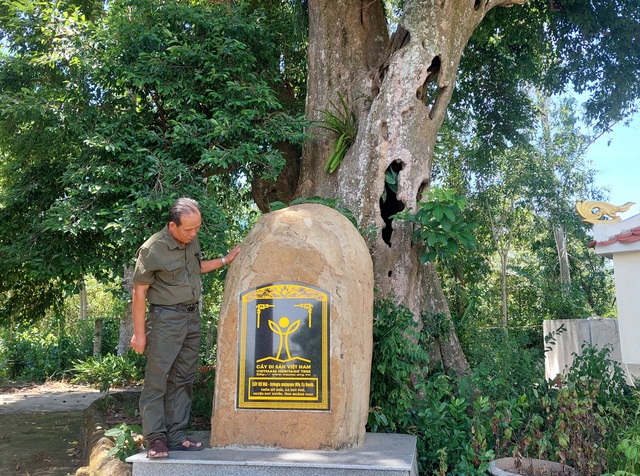
![[Photo] Overcoming all difficulties, speeding up construction progress of Hoa Binh Hydropower Plant Expansion Project](https://vstatic.vietnam.vn/vietnam/resource/IMAGE/2025/4/12/bff04b551e98484c84d74c8faa3526e0)





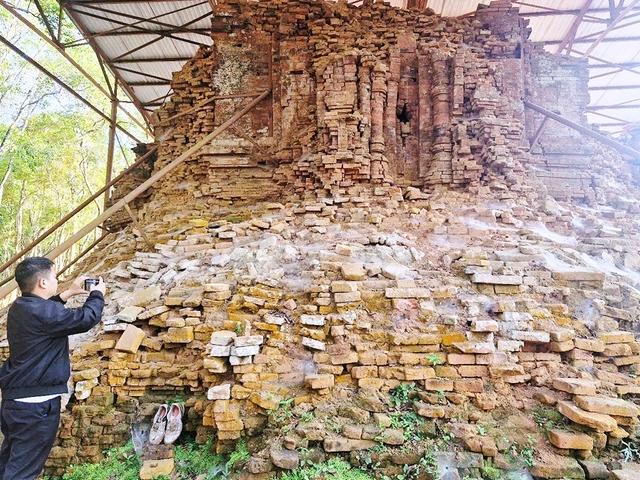


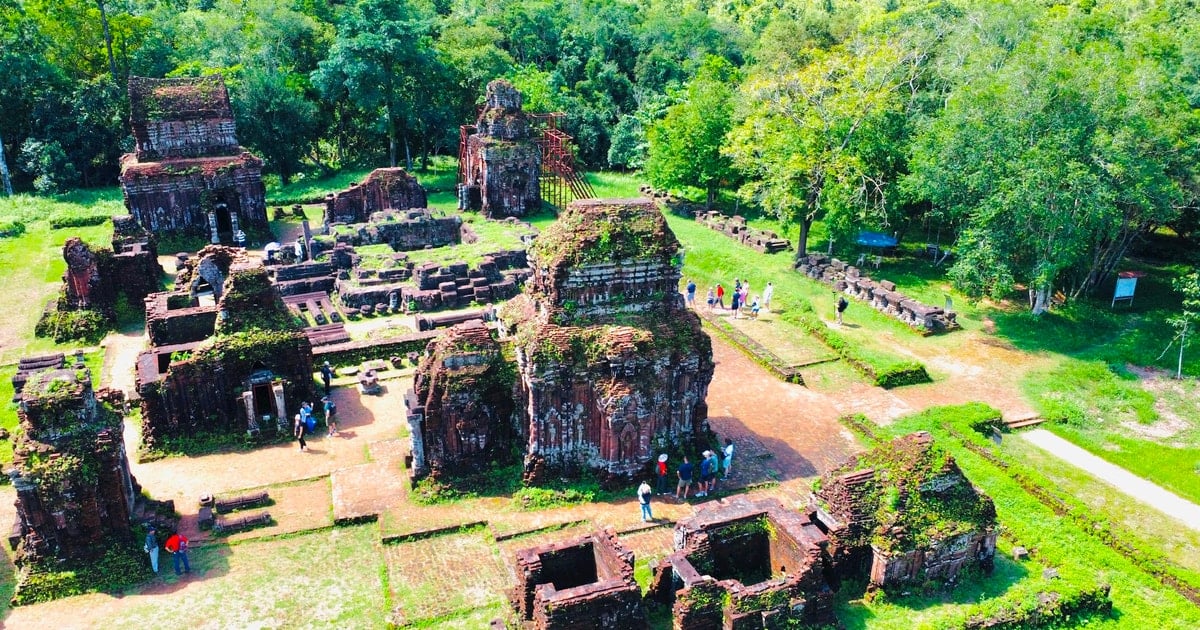

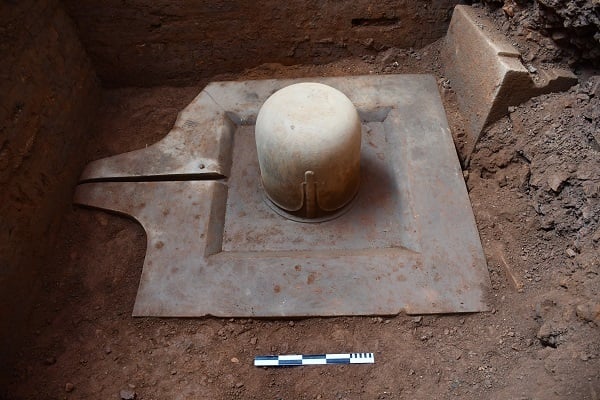

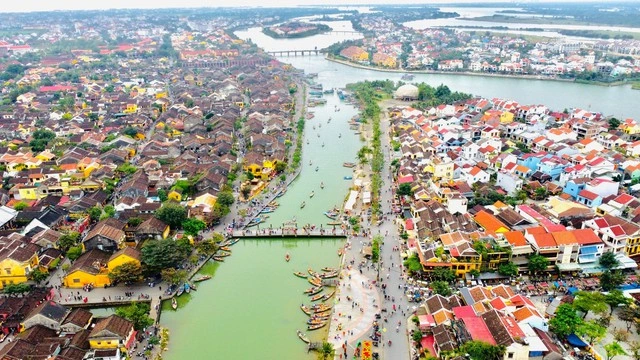









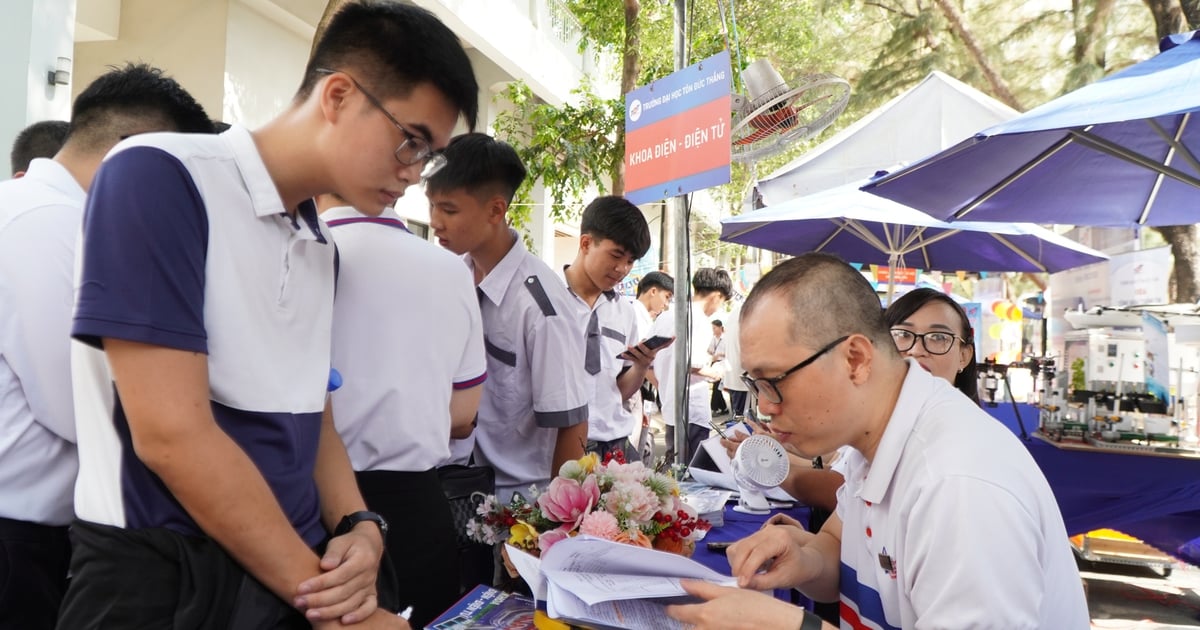
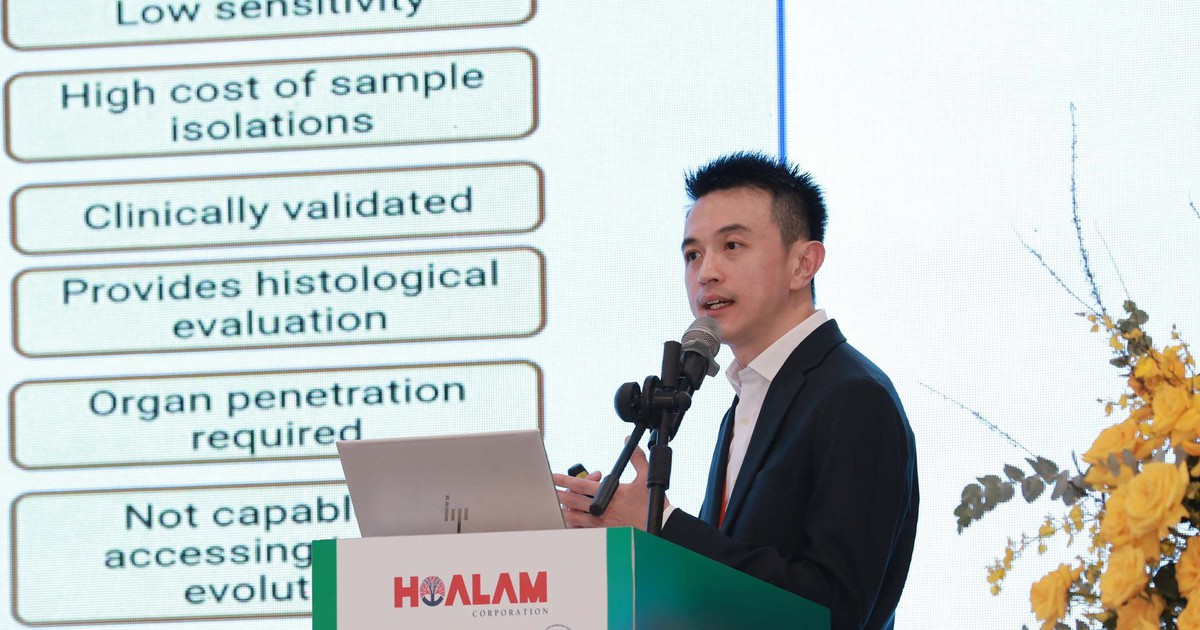

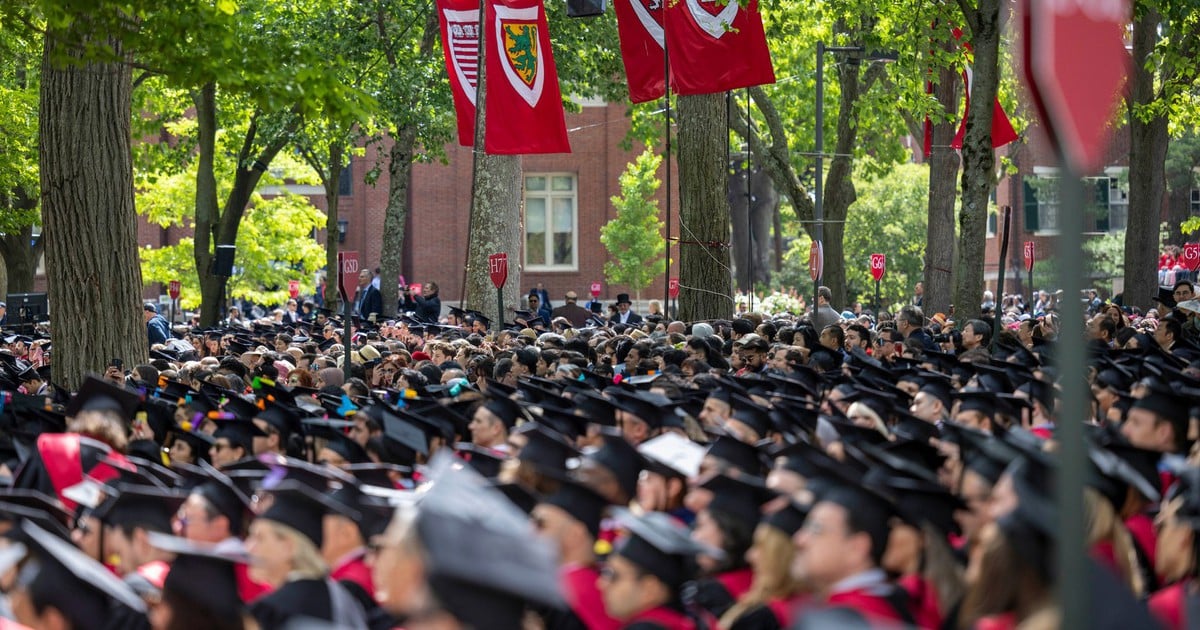











































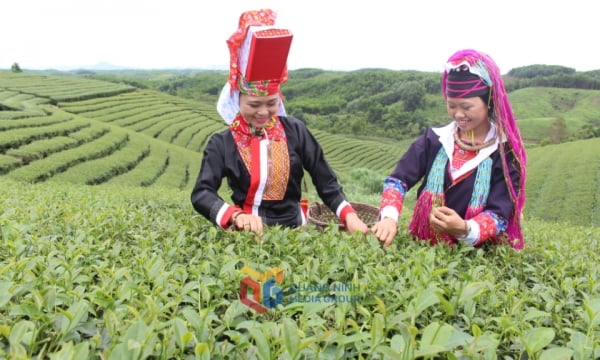

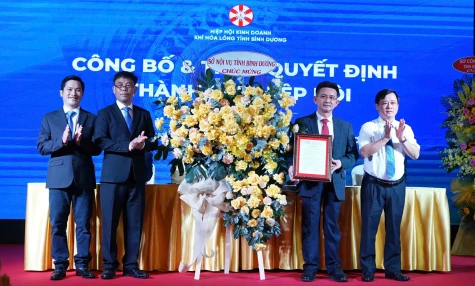

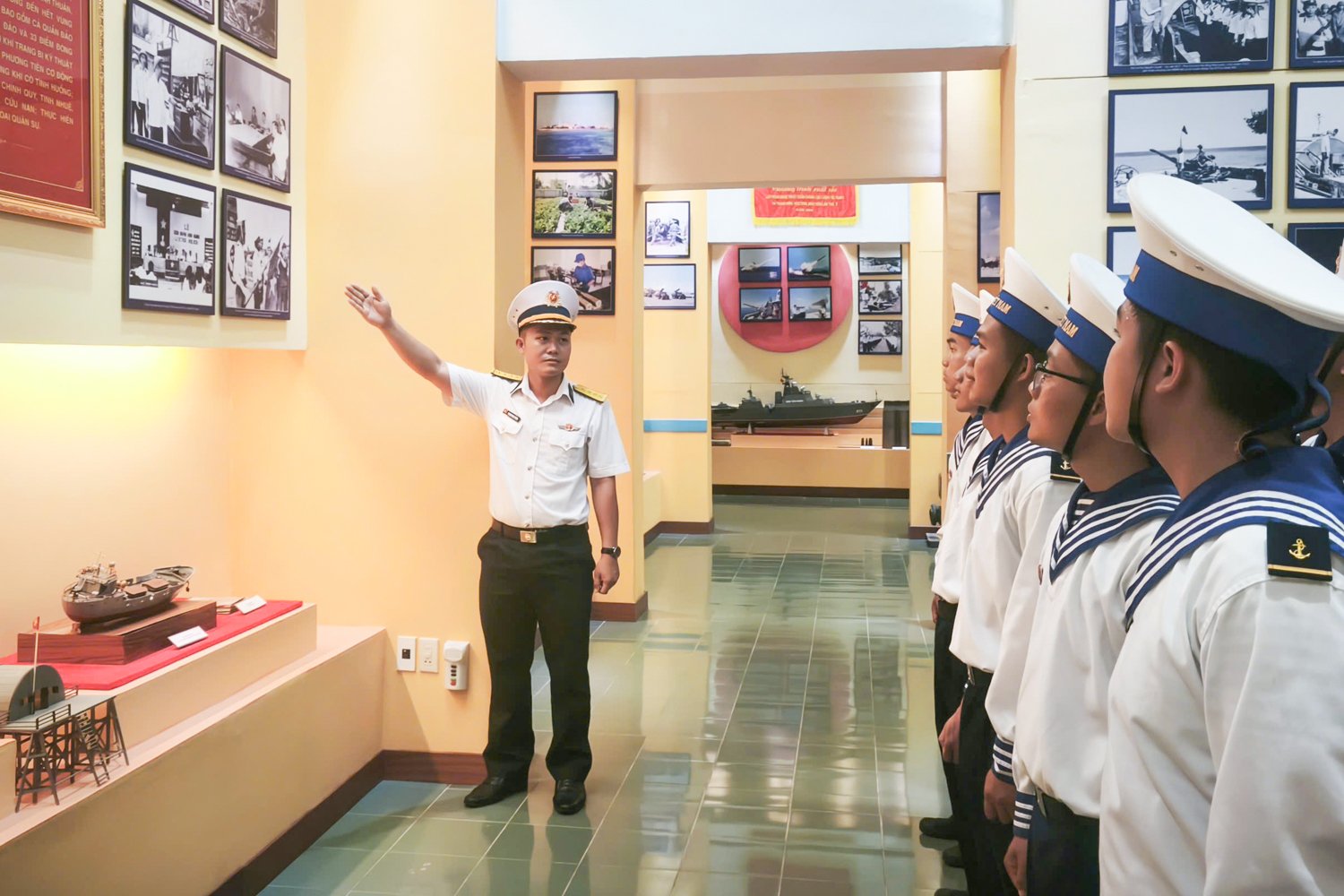














Comment (0)